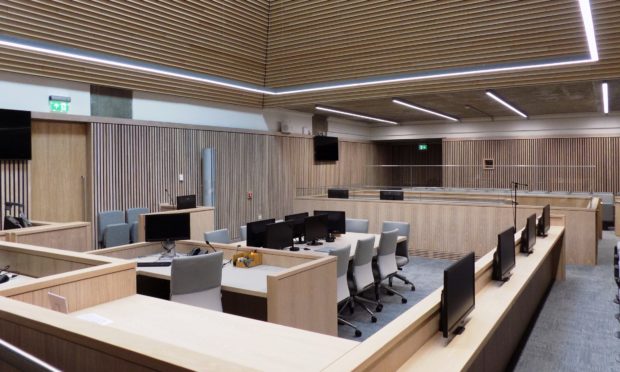An Inverness lawyer is calling for virtual court proceedings to become a permanent fixture in Scottish courts.
Video conferencing has been adopted widely across Scottish Courts in recent months to help reduce the backlog of cases mounted following the coronavirus shutdown.
Latest figures released by the Scottish Courts and Tribunals Service (SCTS) revealed that 22 437 trials are still waiting to be called in courts across the nation; a rise of 18,355 since 2019/2020.
In Inverness alone, more than 600 trials are still waiting to be heard.
Sarah Lilley from Brodies LLP Solicitors has been practising family law across the Highland and Islands since relocating to Inverness in 2012.
She is now calling for such measures to become a staple in the Scottish justice system.
She said: “I think Sheriff Courts have done well, certainly in child law, in adapting quite quickly in what has been a very difficult time and I think it has really helped address the backlog of civil law and family law cases and progressing things forward.
“It’s so important that they are progressed quickly in the best interest of the child and that there is no backlog or delay.”
She also believes the new approach will help reduce costs and time spent on travelling to rural courts.
She added: “Often with island courts, for example Stornoway, you would arrive at 8.30am in the morning for the hearing that maybe started at 10am, but then you couldn’t get another flight until 5pm or 7pm.
“Sometimes your case would only take a few minutes to call then you’re spending the rest of the day waiting to get back.
“Also, if I was going to Wick that’s a three hour journey from Inverness each way and clients are having to pay for that.
“I think the whole system has broken down geographical barriers and I think it’s really positive that agents and solicitors don’t have to travel that distance and incur clients the costs.”
However, the Inverness lawyer believes that certain circumstances would merit being held in face-to-face proceedings.
Mrs Lilley said: “There is no doubt a place still for direct hearings face-to-face and I think there are going to be cases in my line of work, for example when you have vulnerable witnesses involved be the adults, the parents or a child to the party proceedings or evidential hearings which would be better served where possible in face-to-face hearings directly in the court.”
Chief executive of SCTS Eric McQueen previously warned that the backlog in courts could take a decade to clear.
